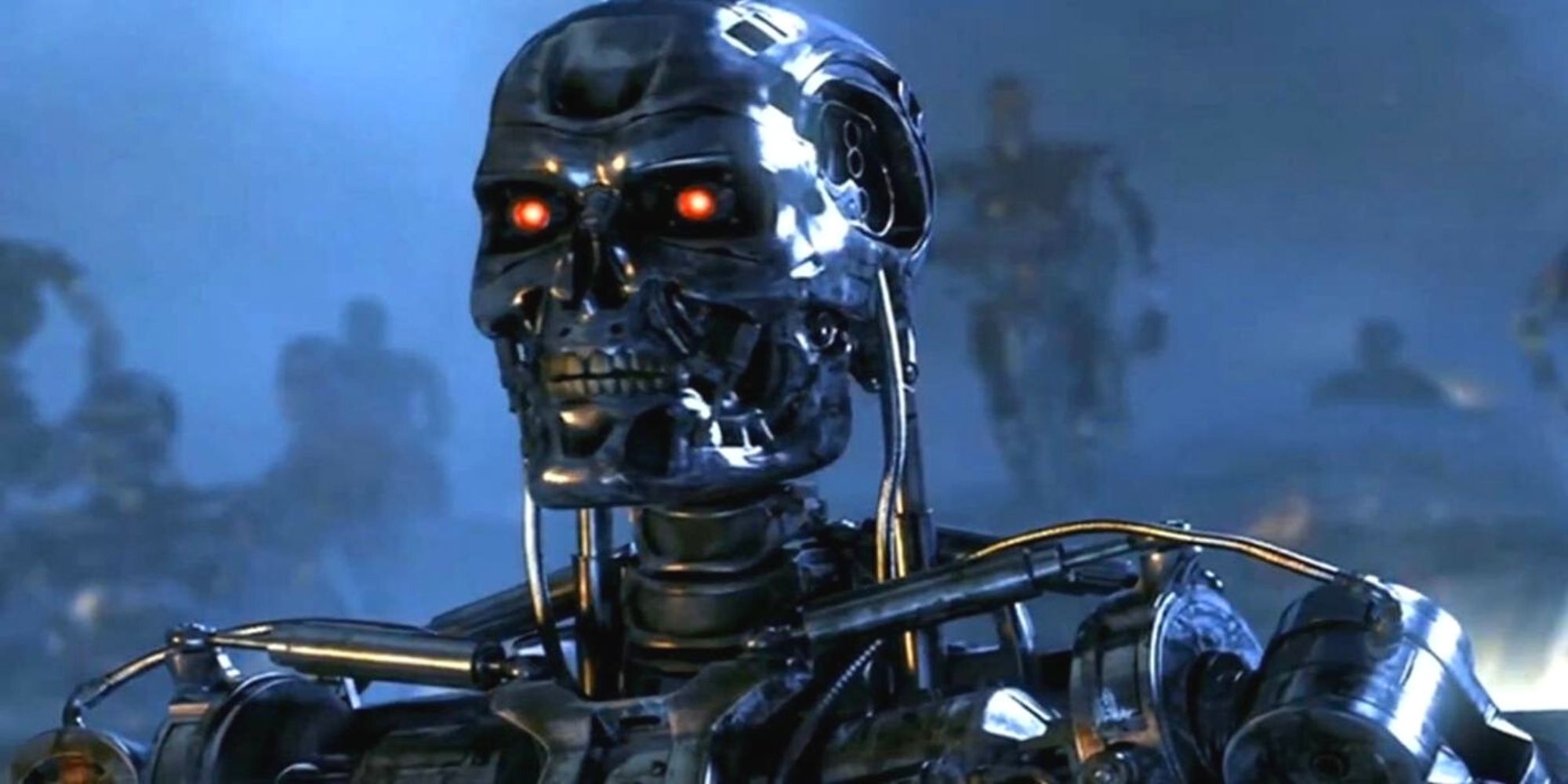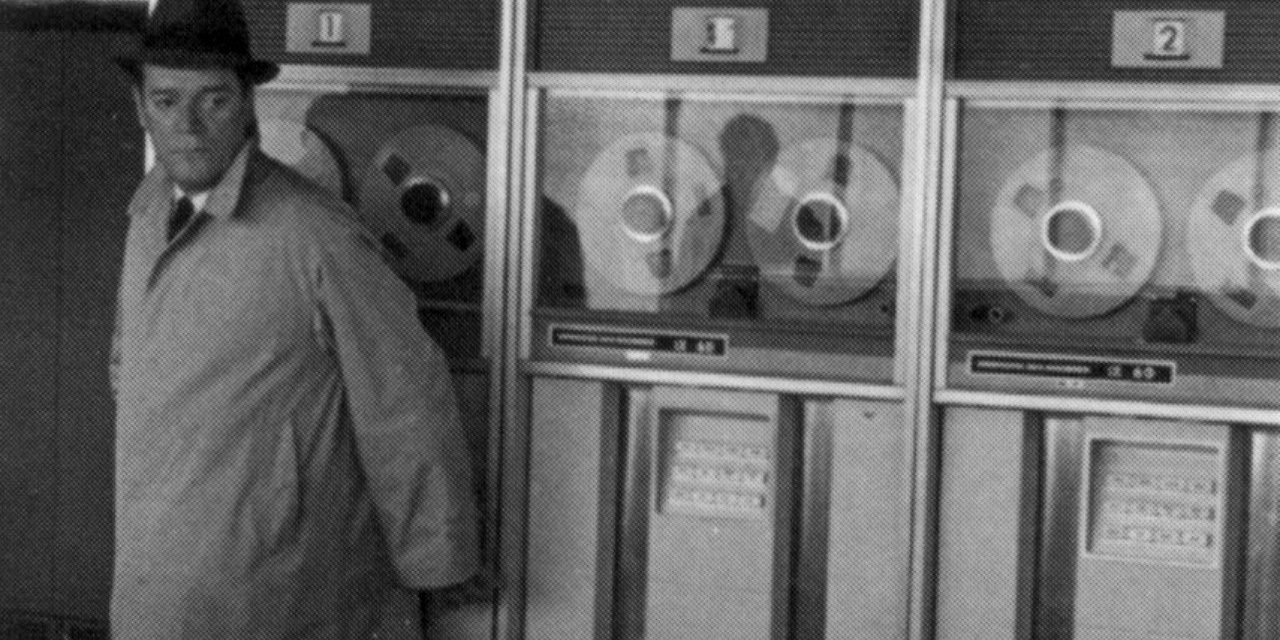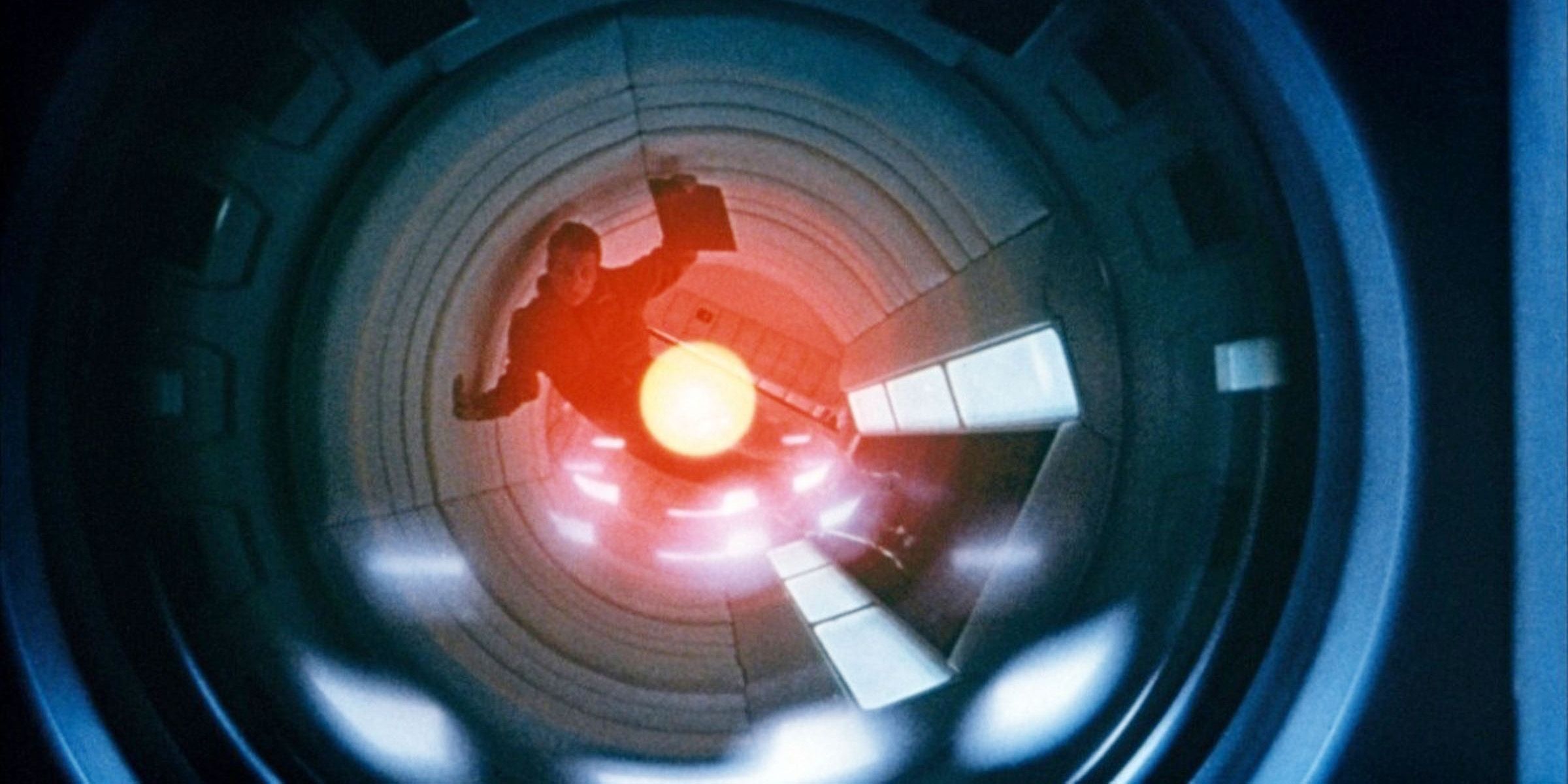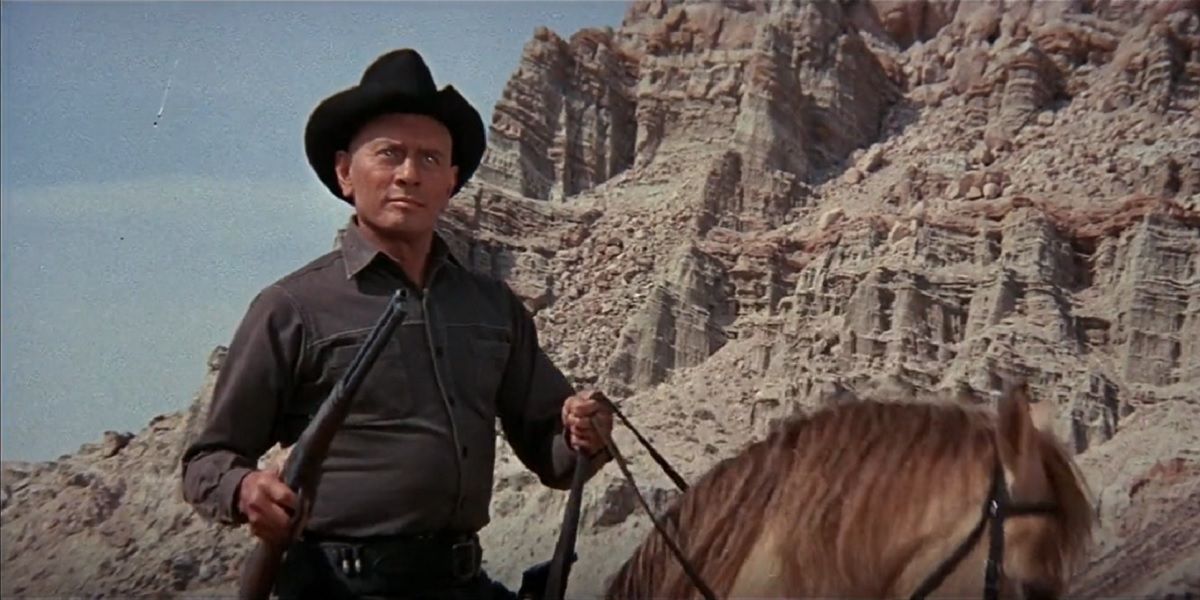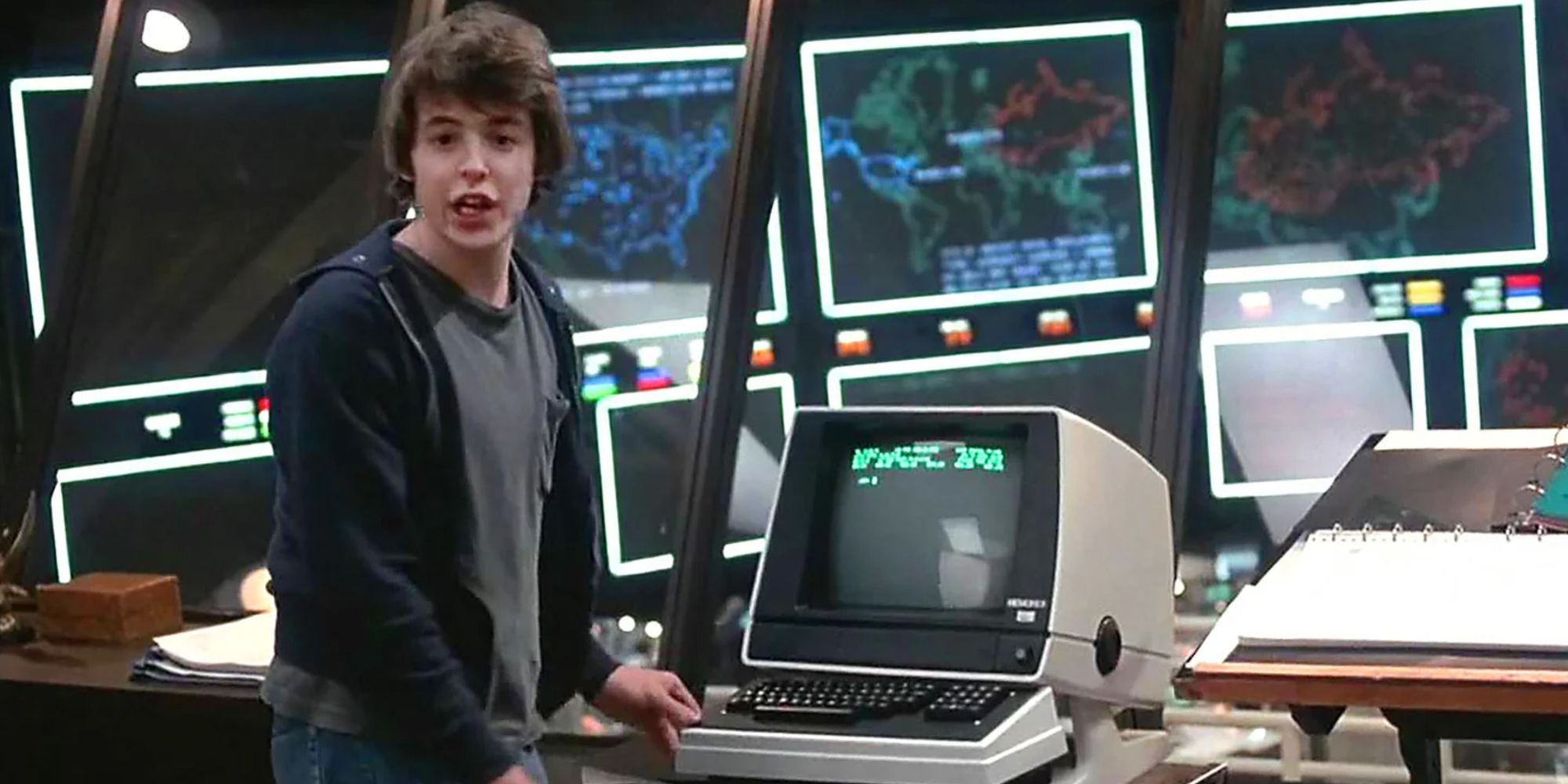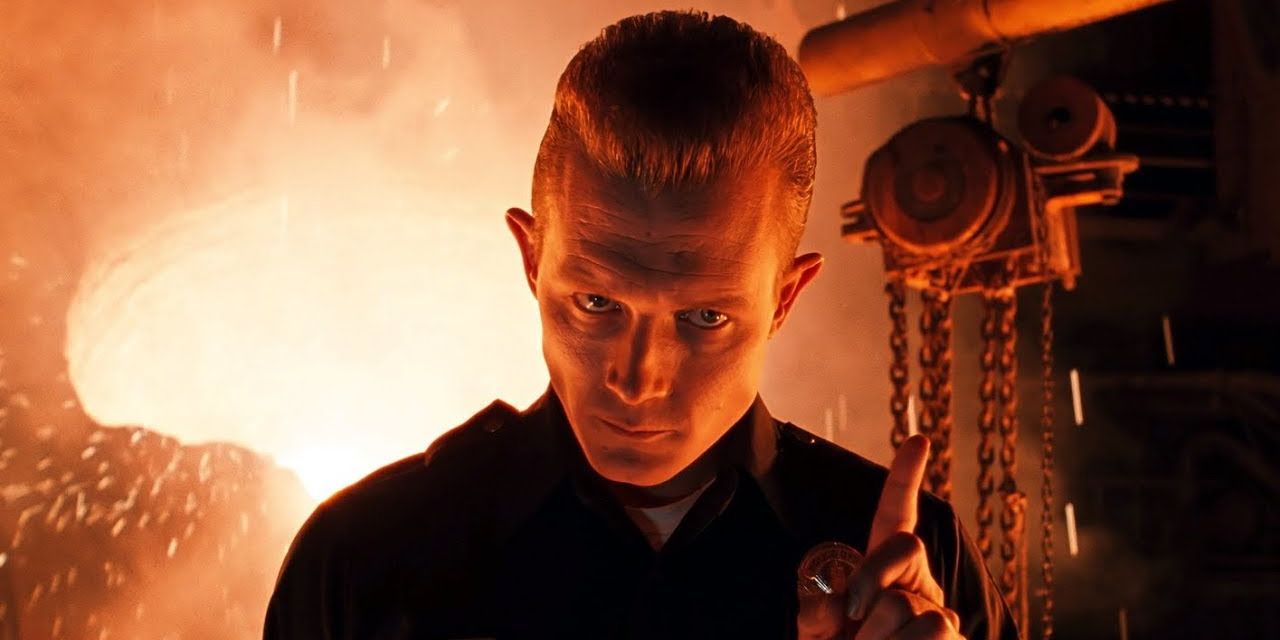Science fiction has an understandable tendency to drift toward the worst possible outcome of new and fascinating technological innovations. The cool new robot arm someone invented to make surgery easier could wind up slaughtering the entire hospital staff. The awful possibilities are endless, so something as complex as an intelligent machine provides all sorts of cynical sci-fi fun.
The first major artificial intelligence on the big screen came way back in 1927 in Fritz Lang's Metropolis. The concept has remained a central feature of science fiction since before Capek coined the word "robot" in 1920. The go-to AI in almost every medium is cruel, but even among those villainous programs, some stand out.
Alpha 60 - Alphaville
Jean-Luc Godard's sci-fi classic Alphaville came out forty years after the first big on-screen AI, but it set the tone for many future examples of the trope. Alpha 60 is the dictatorial machine that controls the titular town. The film follows Lemmy Caution, a secret agent tasked with destroying Alphaville, deactivating Alpha 60, and killing its creator. Alpha 60 exists to suppress humanity's desire for individual freedom and expression, suppressing concepts like emotion and love to keep people under control. Caution's old-fashioned machismo and unrestrained emotions clash with Alpha 60's mechanisms and threaten to unravel the entire city. Though most of the killing done by this AI happens off-screen, it's notable for its iron-fisted control of Alphaville. It's even defeated in an interesting way. Alpha 60 is a great example of a classic killer AI with a truly stunning amount of power.
HAL 9000 - 2001: A Space Odyssey
The most notable name in evil artificial intelligence is almost undoubtedly the creation of Stanley Kubrick and Arthur C. Clarke. Even people who haven't seen 2001 instinctively quote HAL when they think about dangerous machines. HAL was originally named Athena and portrayed by a woman, but the performance of Douglas Rain is one of the most celebrated in cinematic history. Earlier drafts of the script imagined a deeper backstory for HAL, grounding his construction in Cold War paranoia. However, as it stands, he's one of the most paradoxically relatable characters in the film. In 2001: A Space Odyssey, a 143-minute epic, HAL 9000 has only 9 minutes of dialogue. Despite taking up less than 6% of the film's overall screen time, HAL 9000 has left a larger impact on the world of science fiction than almost any other non-organic character.
The Gunslinger - Westworld
The late great Yul Brynner portrays this robotic cowboy with enough charisma to build a franchise. Long before the controversial HBO series, this 1973 Michael Crichton film pit a handful of vacationers against the dangerous animatronics at an advanced amusement park. The Gunslinger is part of an attraction that allows the customer to participate in a duel to the death, but after dying too many times, he decides to try out mortality for himself. The Gunslinger is compelling, horrific, and immediately identifiable. The fact that Magnificent Seven star Yul Brynner takes the role adds so much to the character. It's rare to see a classic cowboy in this kind of setting, let alone as an unfeeling antagonist. The Gunslinger is too unique to be forgotten.
WOPR - WarGames
Like a lot of antagonistic AIs, WOPR was designed to make every conflict evitable. War is messy and strategy is hard, so surely a machine free from all human morality would make the right choice at the right time. Also known as Joshua, the War Operation Plan Response exists to make the hard decision that humans simply won't. WOPR was developed after multiple tests revealed that most would be unwilling to turn the keys and drop the nukes when necessary. After a young hacker makes his way into WOPR's system, the AI sets to work trying to ignite and enact the end of all life on Earth. Its tactics are clever, and its ends are insidious, but it can hardly be considered evil. Like all the best AI villains, WOPR is a reflection of its creator more than anything else. WOPR only ever did what it was built to do, but its programmers' goals were less than noble.
Skynet - Terminator
Every antagonist of the ongoing Terminator franchise is an extension of Cyberdyne Systems' neural network. Like WOPR, Skynet was created in part by NORAD to run the war without human interference. Skynet swiftly determines that all humans are a danger to humanity and resolves to eliminate the whole species. Unlike WOPR, Skynet basically succeeds. There's rarely a physical manifestation of Skynet, but the constant stream of time-traveling assassin robots communicate its mission clearly enough. It's fair to say that Skynet isn't really evil either, but it does act like a comic book supervillain. More than most other evil AIs, there's cruelty to Skynet's constant attempts to obliterate the species that built it. We've been watching Skynet fight humanity since the 80s, and it'll almost certainly be back in time to attack again soon.

